May is asparagus month. This green springtime/early summer vegetable is delicious, easy to cook, and offers great nutritional benefits.
Even though you can often get asparagus year-round at the grocery store, now is the time to get the tastiest and most nutritious asparagus — while it’s in season.
Asparagus can be a valuable source of vitamins, minerals, antioxidants, and anti-inflammatory compounds. It’s a great food to add more variety to your fresh food intake.
Asparagus is a Nutrient-Dense Food

Vitamins
Asparagus is a nutrient-dense food you can eat both raw and cooked.
It contains B vitamins, including folate (vitamin B9) and vitamins B6 and B12, which promote heart health. These B vitamins help maintain healthy levels of the amino acid homocysteine in the body.
Keeping homocysteine levels from getting too elevated may help reduce the risk of atherosclerosis and other cardiac disorders.
In addition to several B vitamins, asparagus is a healthy source of vitamin C, vitamin K, and vitamin E. You probably already know that vitamin C is an essential vitamin for health.
Don’t forget that vegetables, like asparagus, are a good source of this immunity-supporting vitamin.
Minerals
There are many essential minerals in asparagus, including:
- Calcium
- Copper
- Iron
- Magnesium
- Phosphorus
- Potassium
- Selenium
- Zinc
Your body needs minerals to support bone, muscle, heart, and brain functions. And, minerals are needed for your body to make enzymes and hormones to function properly. A well-balanced diet is the best way to ensure you are getting a variety of essential minerals.
Eating asparagus is a great way to get macro-minerals — like potassium, phosphorus, magnesium, and calcium — as well as trace minerals in your diet.
Health Benefits
With all the nutrients asparagus provides, it’s not surprising it can have lots of beneficial effects on your health. Eating vegetables is inversely related to cardiovascular disease risk - meaning the more vegetables you eat, the lower your risk of heart disease.
Asparagus provides a variety of bioactive components that are good for heart health, cellular support, skeletal health, and digestion. It can help reduce hypertension because it’s a natural diuretic, and it supports gut health by providing a natural source of probiotics.
Some studies have even shown that elements extracted from asparagus in lab experiments can help fight against cancer cells.
- Heart health
- Digestive health
- Bone health
- Cellular support
- Natural diuretic
- Reduce hypertension
- Possible support against cancer
Cooking Asparagus

Another great thing about asparagus is how easy it is to prepare. Asparagus is already full of bright, springtime flavor. It’s best served lightly cooked or raw, and it only takes a few minutes to make.
Asparagus can be grilled, roasted, blanched, steamed, sautéed, and eaten raw! Whatever method you use to cook asparagus, you will know it’s done when it turns a nice bright green color. If the color starts to dull, it is getting overcooked.
Preparing Asparagus
To get rid of the woody, fibrous ends, hold the asparagus stalk near the middle and gently bend to snap off the bottom. It will naturally break off, separating the tender stalk from the tough end. If you’re using thinner stalks that aren’t very tough, you can simply cut about an inch or so off the bottom.
It’s also best to use the freshest asparagus you can. Asparagus should be firm and crisp — wrinkles on the stalks or mushy tips are signs that it’s not fresh anymore.
Grilling
In the summertime, grilling is a wonderful way to enjoy this crisp vegetable. Remember though, it’s important not to overcook asparagus because it will become mushy and lose its bright flavor.
If you think you don’t like asparagus, I encourage you to try it again after only lightly cooking it. Starting with fresh, high-quality produce allows you to let the ingredients shine. A pinch of salt and your favorite seasoning is all it takes to make a delicious side dish.
Dry Cooking
Dry cooking methods usually take 10 to 15 minutes (grilling, roasting, broiling), with less time for higher-heat cooking. Steaming or blanching takes even less time, usually 3 to 5 minutes. Note that the cooking time also depends on the size of the asparagus you’re using — large, thick stalks take longer than super skinny asparagus.
For raw asparagus, simply shave into ribbons using a vegetable peeler or slice diagonally for a green salad topper.
Growing Asparagus

Asparagus is native to regions of Europe and western Asia, but with the right climate, it can grow well in other places too. It has been successfully introduced throughout the U.S., growing in most temperate regions. If you live somewhere with cooler weather and longer winters, asparagus will grow even better.
If you like growing your own vegetables and love asparagus, you could consider adding it to your home garden if you have room for some beds.
Growing your own asparagus can take a while if you’re starting anew. It may take 2 to 3 years for the plant to develop and produce, but will continue to be a great source of fresh asparagus for 15+ years once established.
I encourage you to eat more asparagus this month. It can help you up your vegetable intake, get those essential vitamins and minerals, and get some tasty variety in your diet.
[expand title="Sources"]
https://www.mdpi.com/2218-1989/10/1/17/htm
http://powo.science.kew.org/taxon/urn:lsid:ipni.org:names:531229-1#uses
https://www.almanac.com/plant/asparagus
https://www.tasteofhome.com/article/how-to-cook-asparagus/
https://pubmed.ncbi.nlm.nih.gov/28796173/
https://www.ncbi.nlm.nih.gov/pmc/articles/PMC6517332/
https://www.aicr.org/resources/blog/in-the-news-asparagus-and-breast-cancer/
https://pubmed.ncbi.nlm.nih.gov/23647085/
https://pubmed.ncbi.nlm.nih.gov/32829873/
https://medlineplus.gov/minerals.html
[/expand]

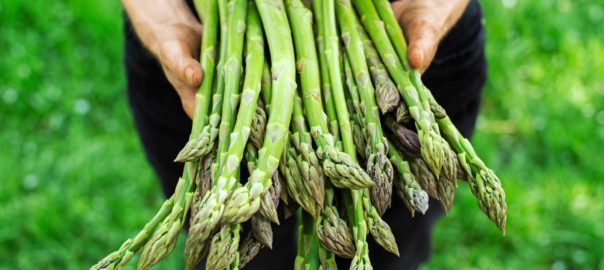
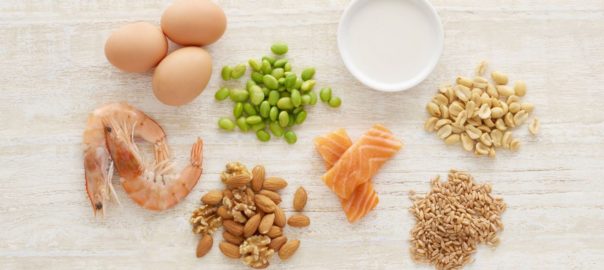
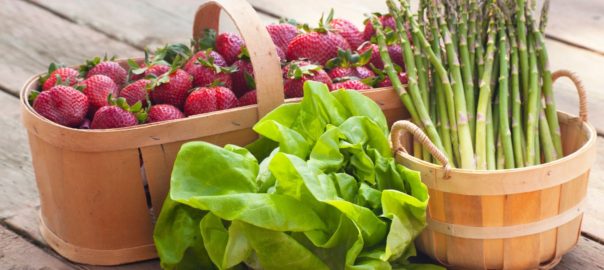
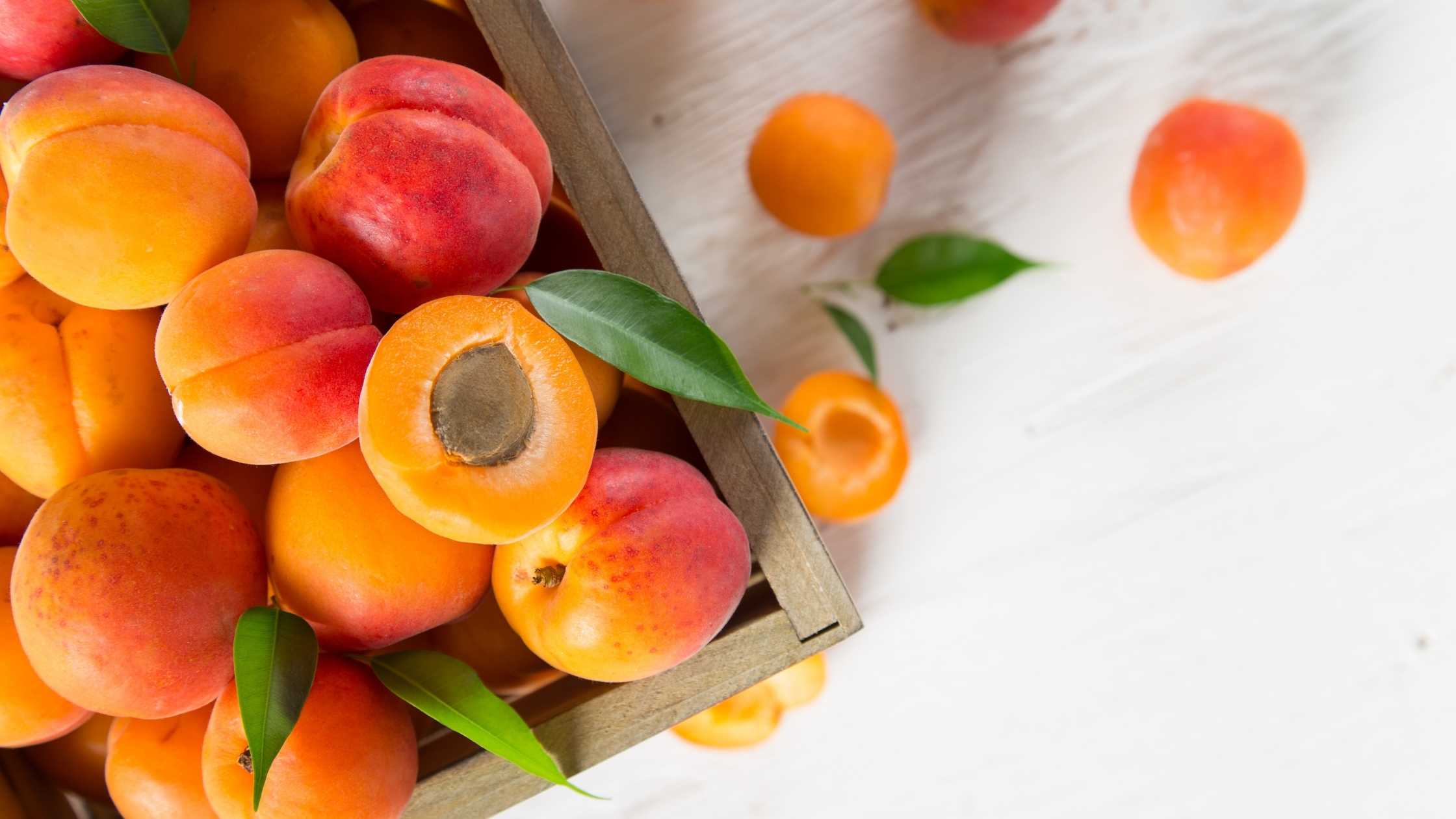
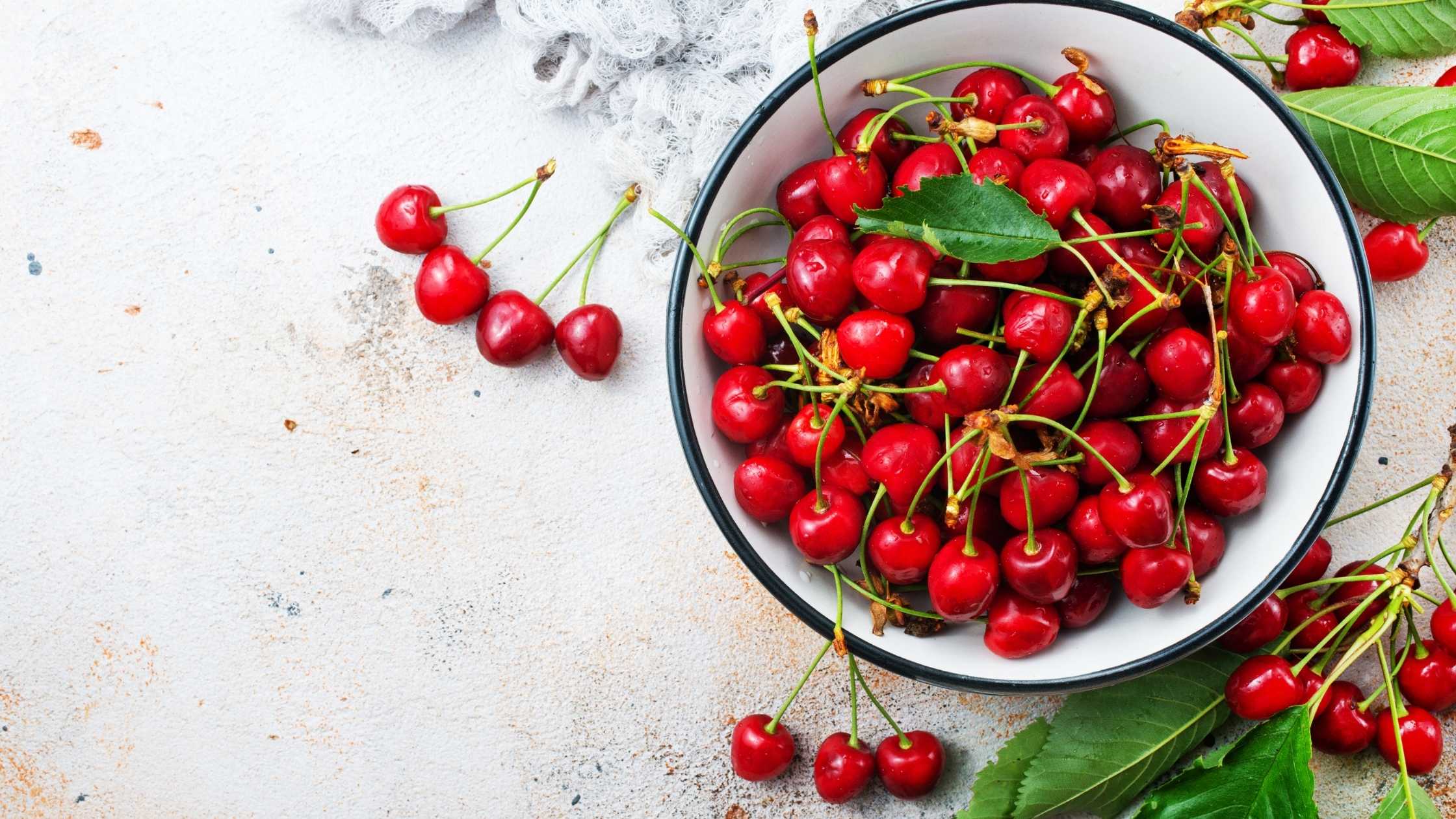

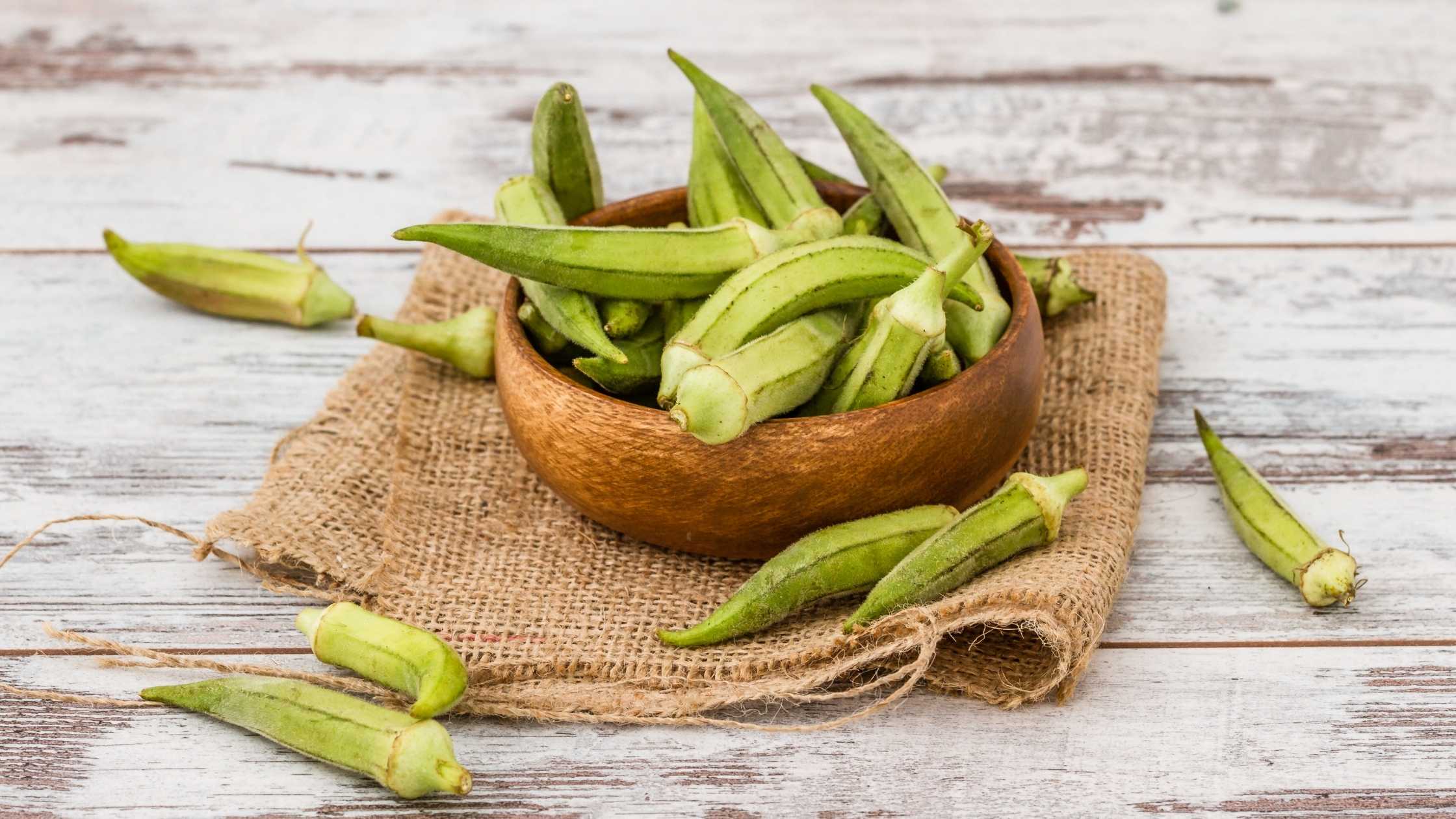
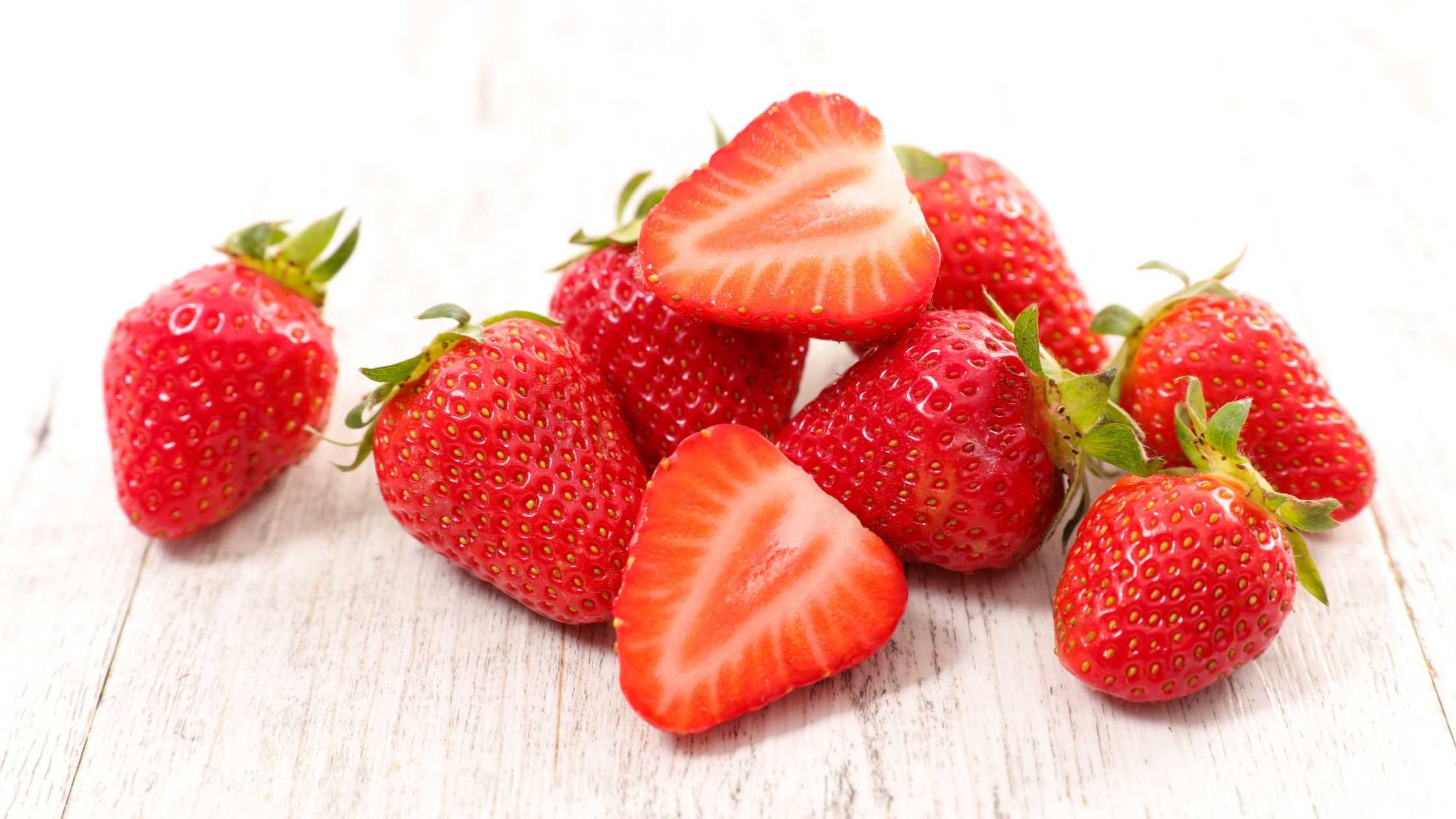
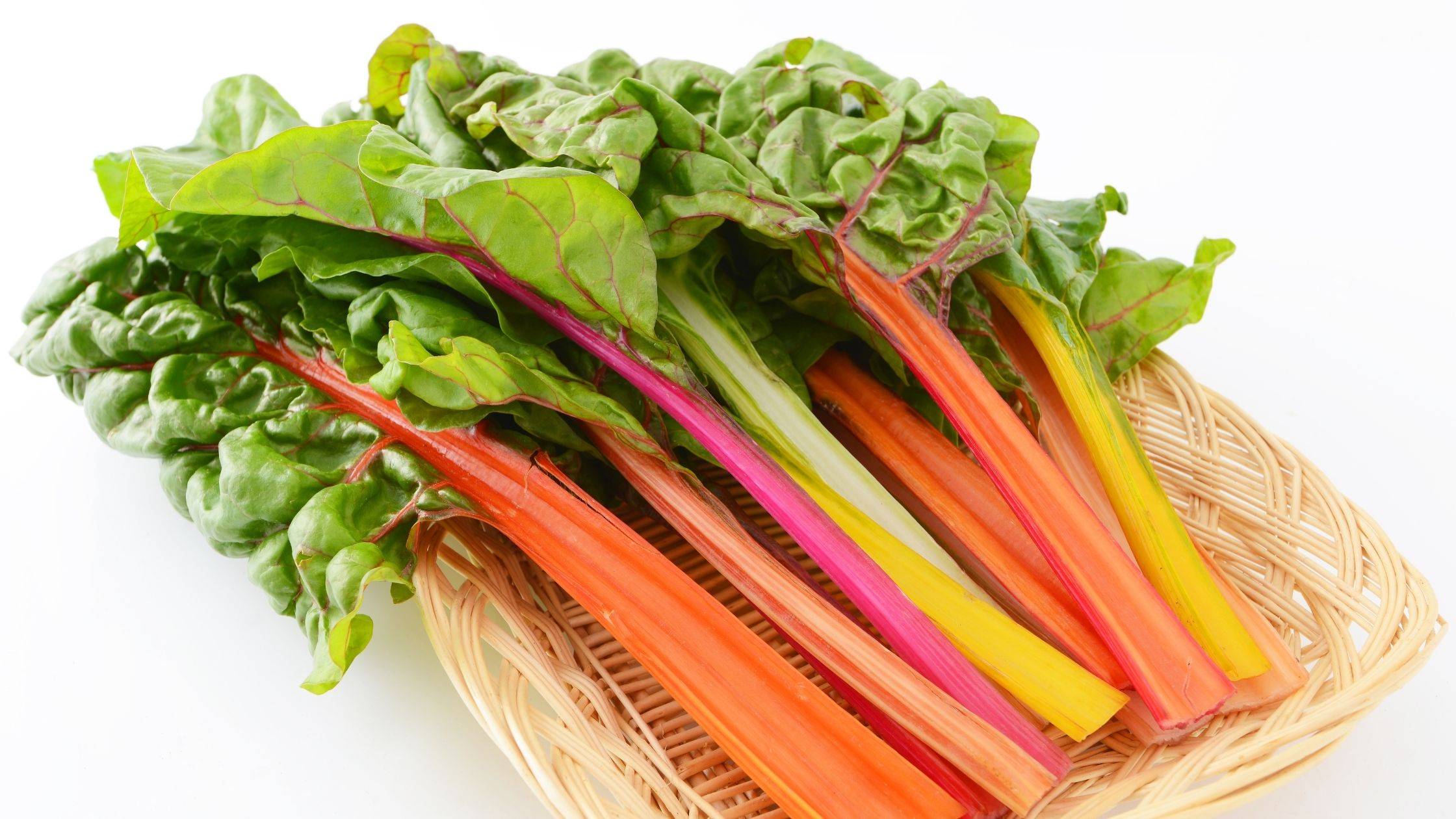
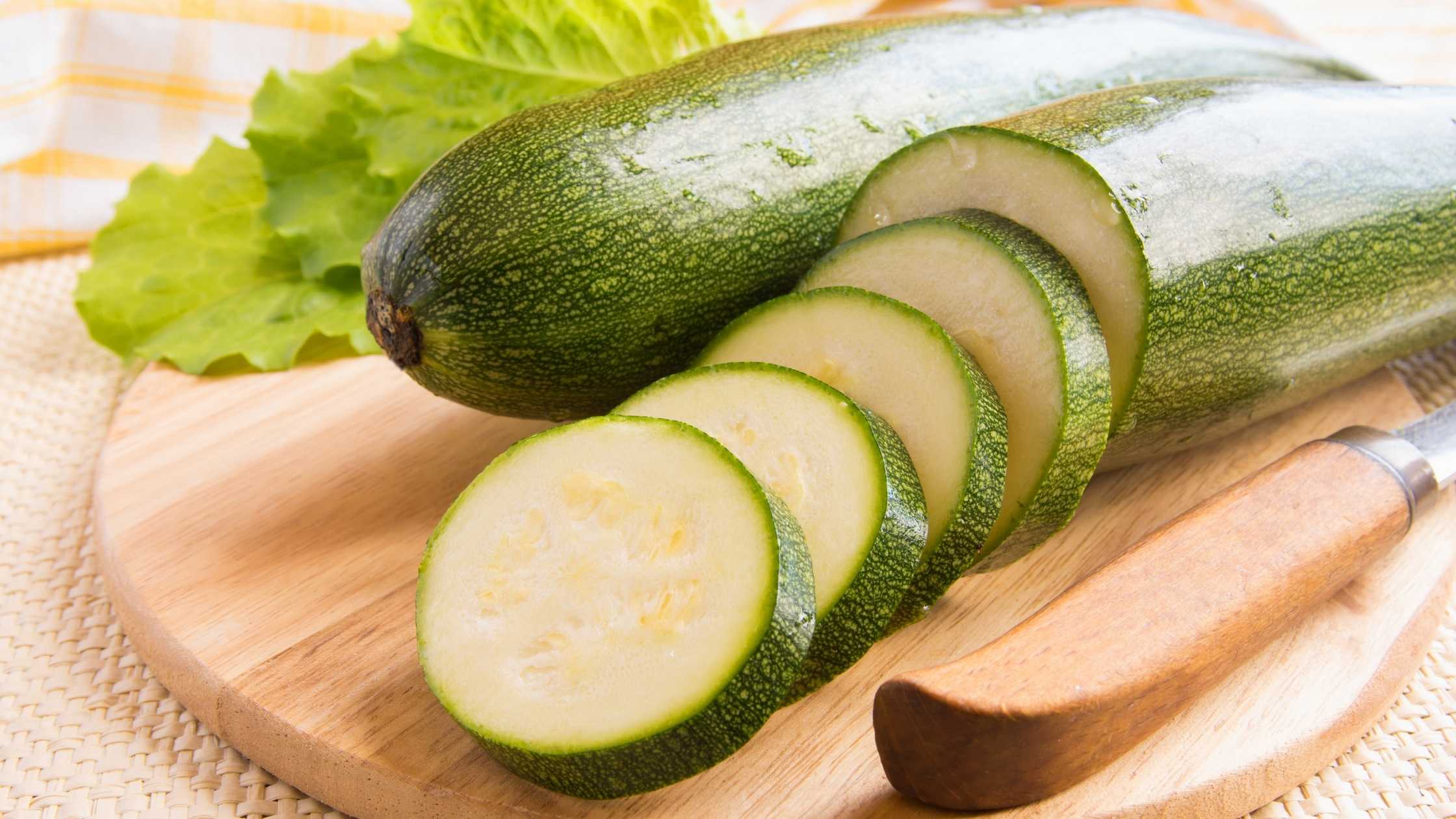
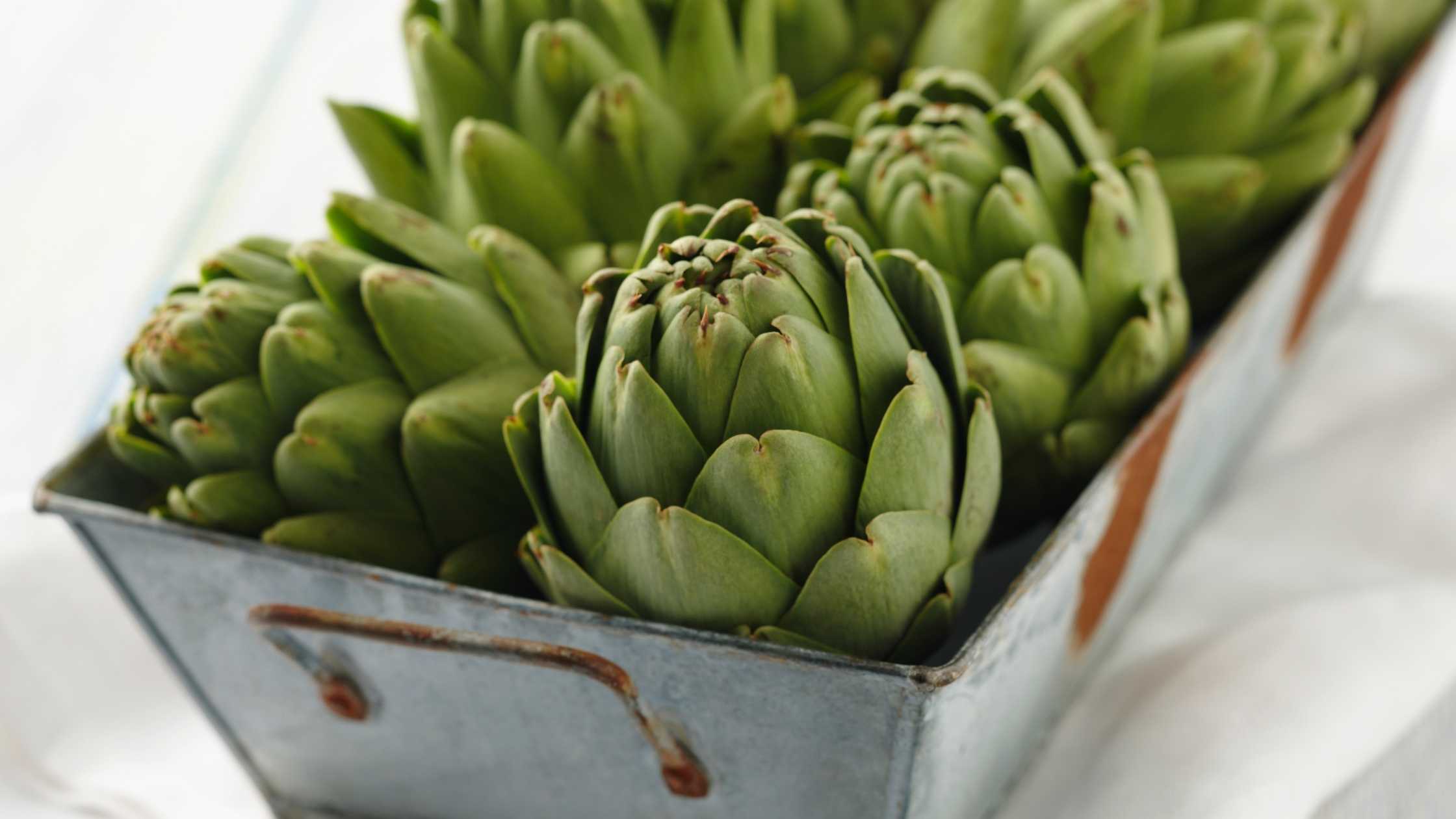
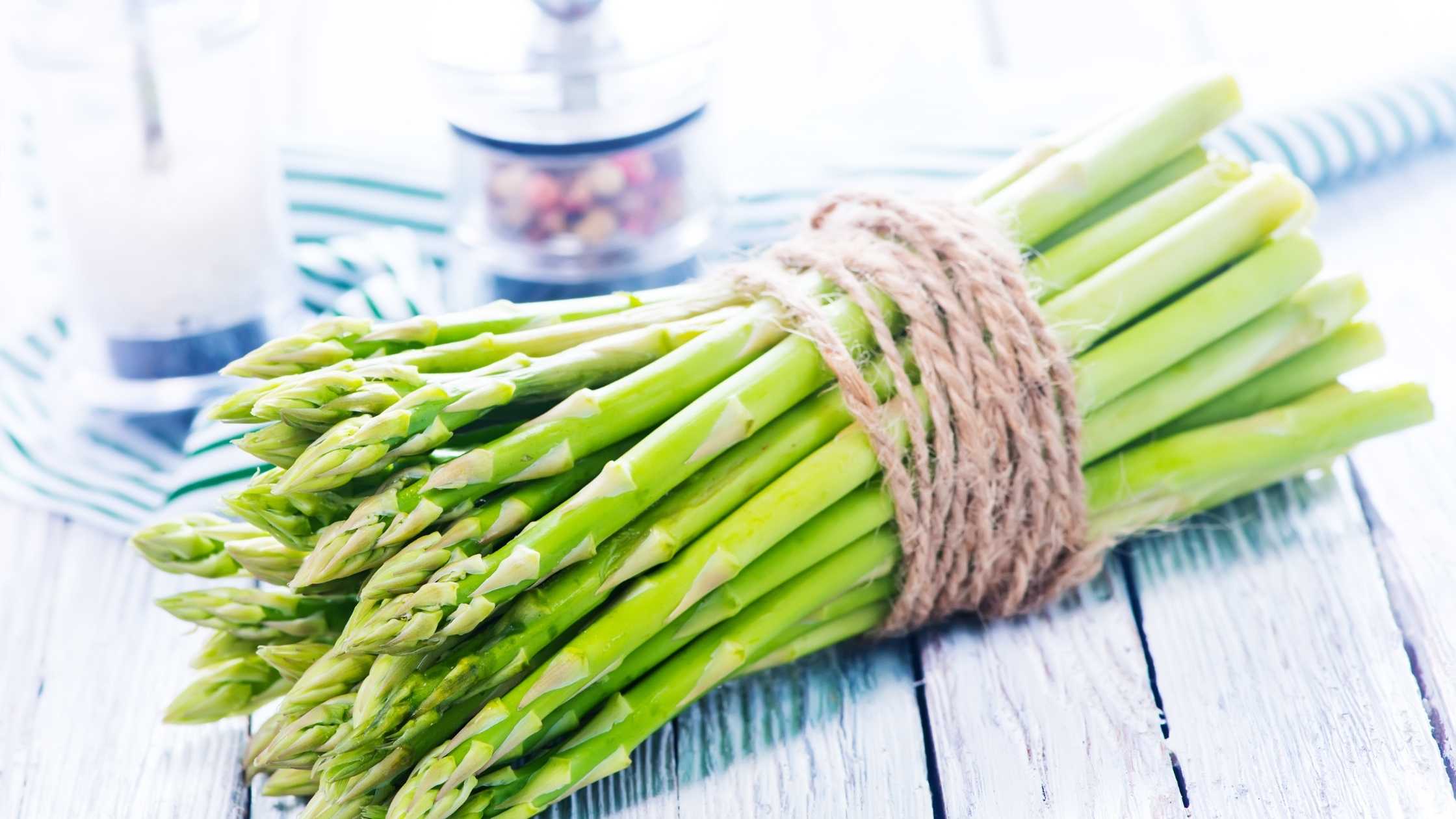
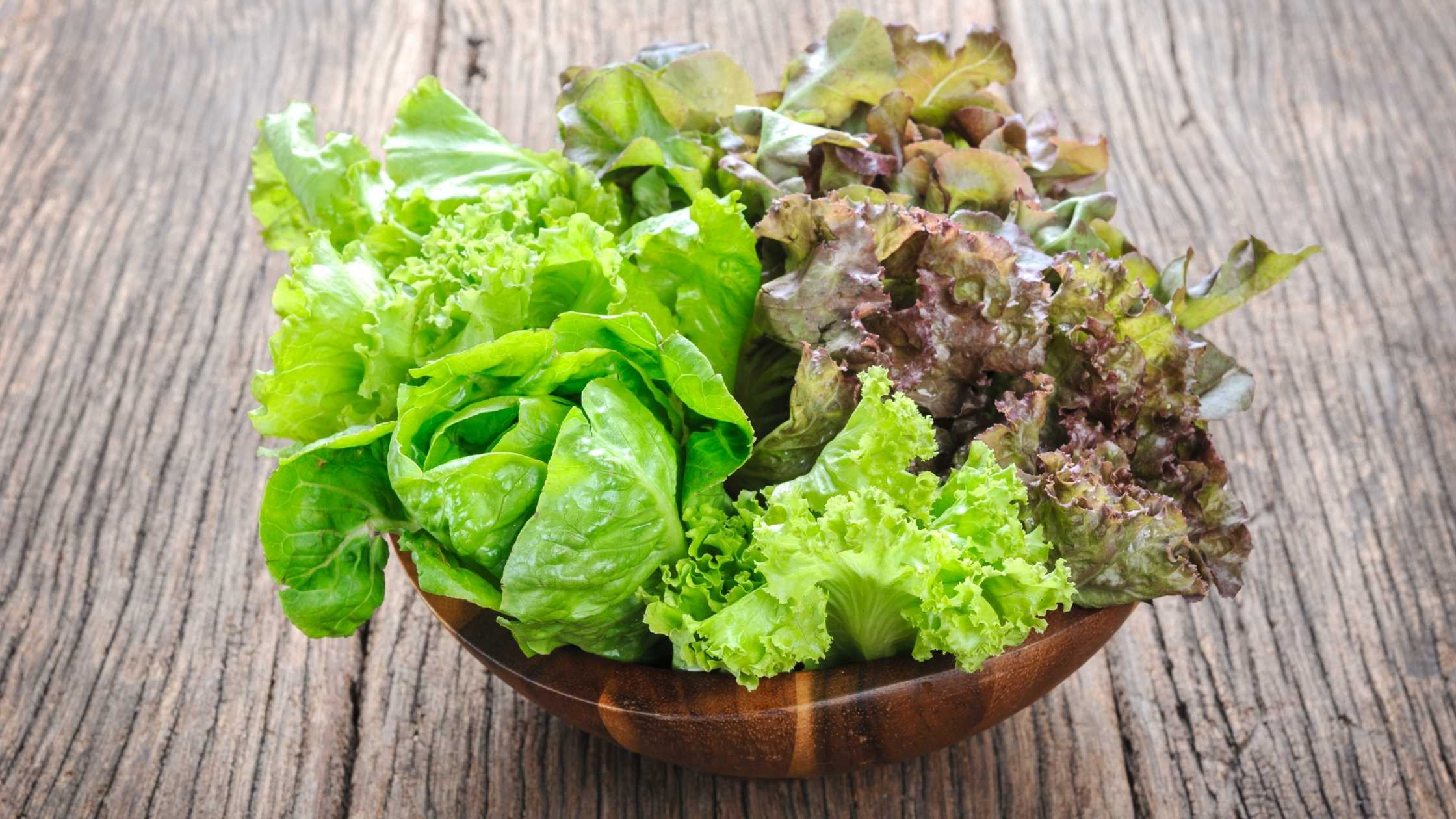




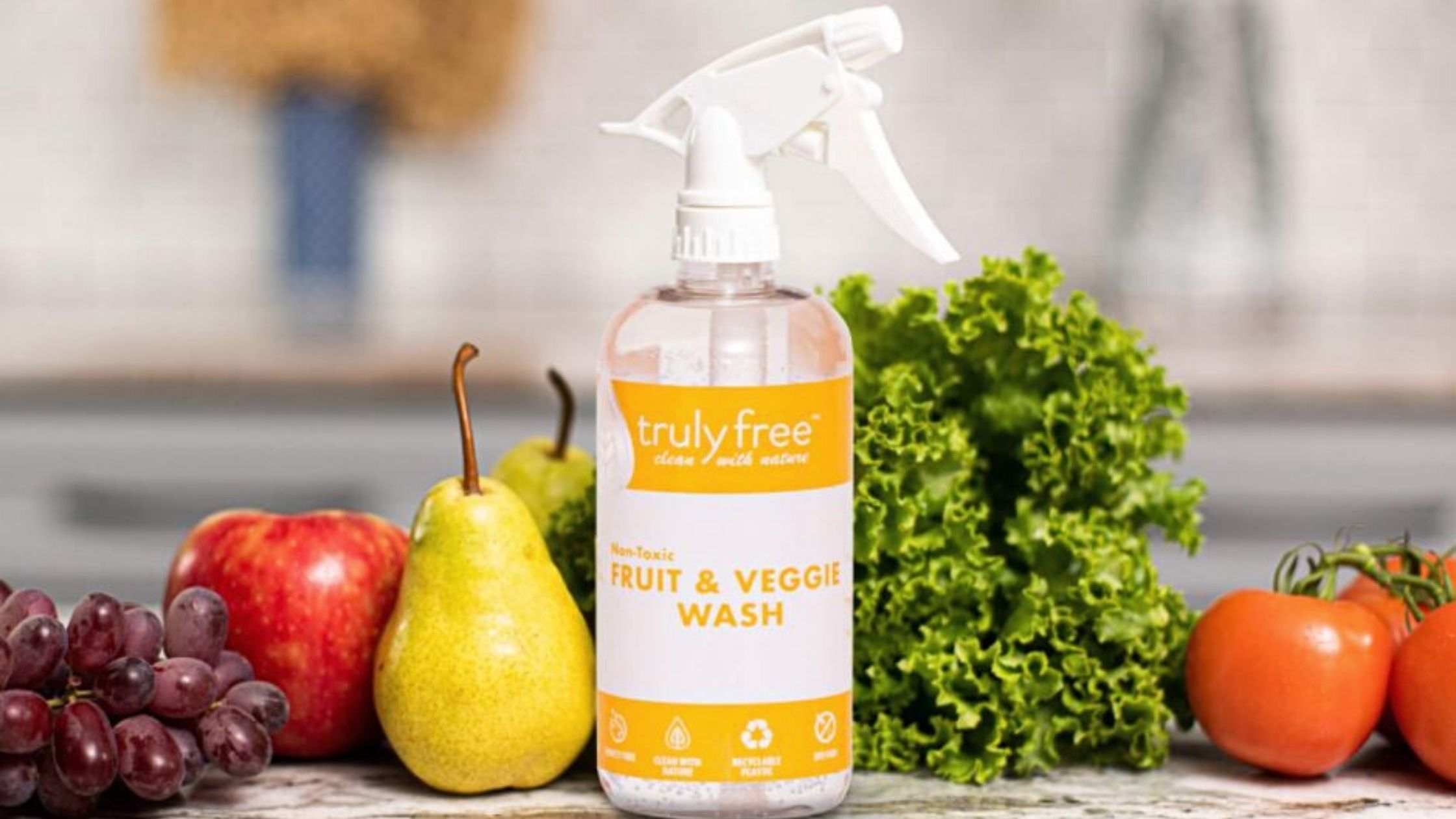 When eating fresh, in-season produce, don’t forget to wash it first.
When eating fresh, in-season produce, don’t forget to wash it first. 